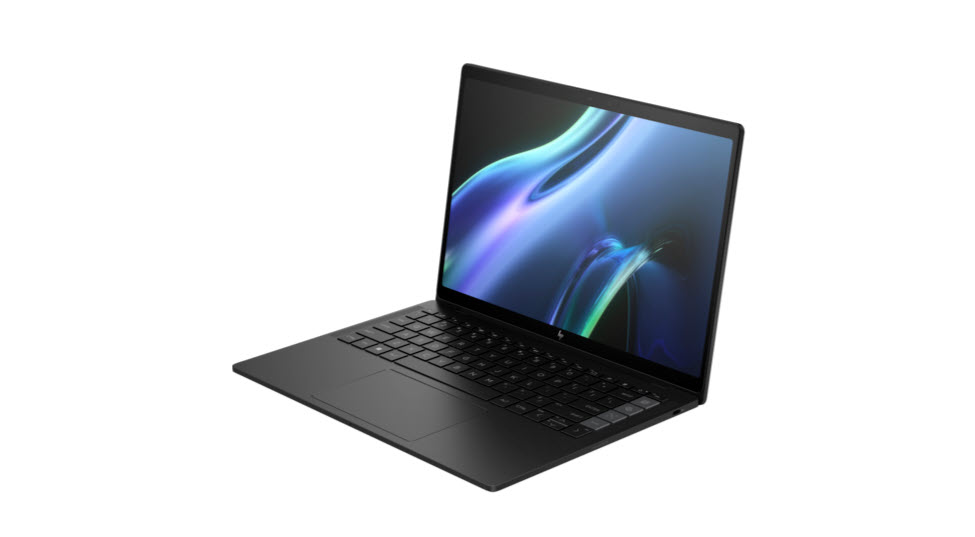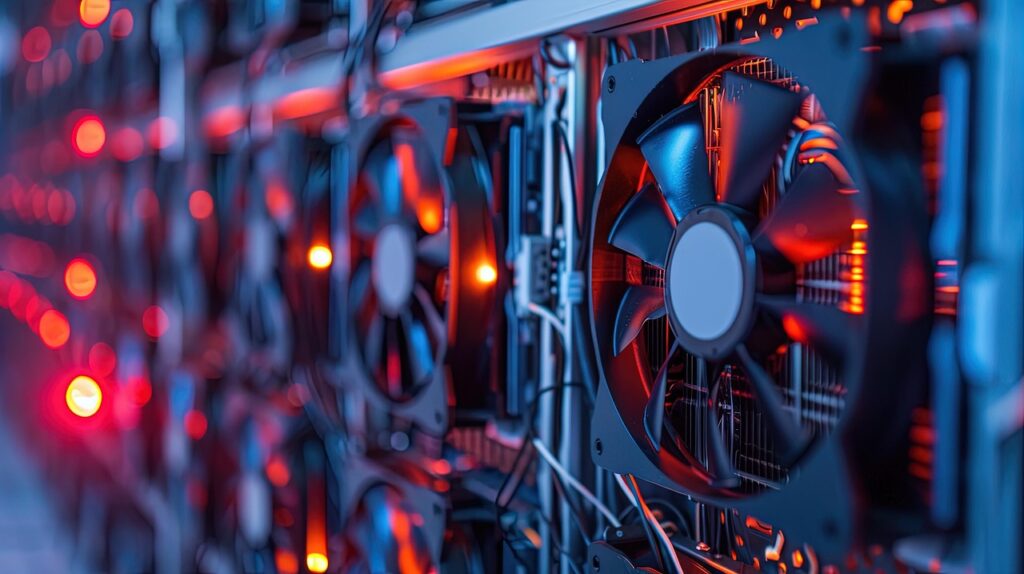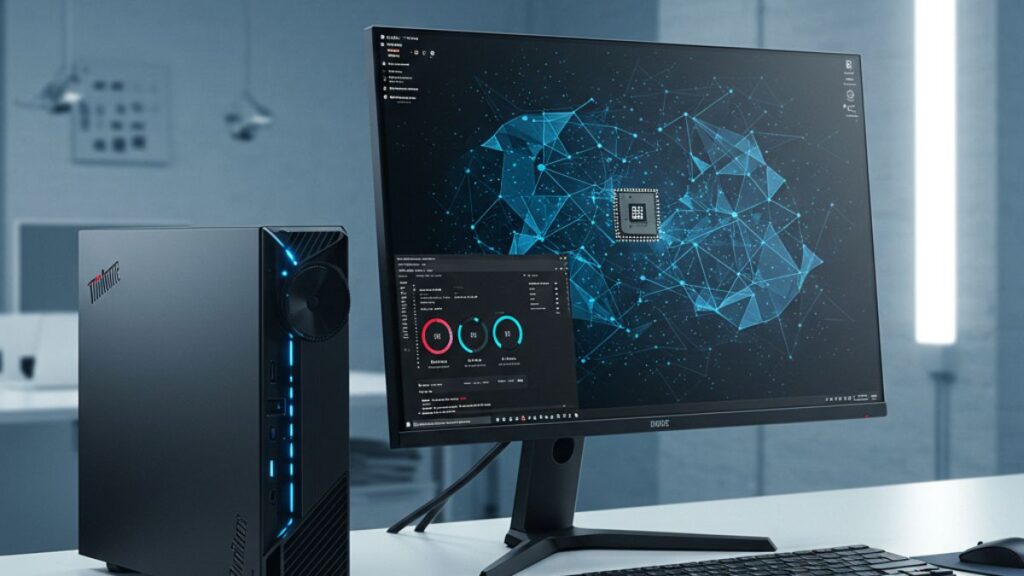HP’s Dragonfly line is a premium line of laptops, and the Pro designator is a brand modifier signifying an even higher tier product. HP released very similar notebooks: a Pro Windows product developed in close collaboration with AMD, and a Chromebook in close collaboration with Google and Intel using Intel’s Evo platform.
The two products look nearly identical, with the only visible difference when folded being the unique Chromebook designation. The Windows product isn’t marked the same. This is likely because most would assume a notebook that looks this premium is Windows and not Chrome, given Chrome notebooks typically cost less than half as much and don’t look or perform nearly as well.
Let’s talk about the similarities and differences between the two products.
Similarities
As I noted, the two products look nearly identical; both use high-performance, new-generation chargers (more efficient, but you’ll likely need an extension cord for airplane power), both have Wolf Security and advanced service and support capabilities (like your own IT department), both are targeted at folks who work independently or for small companies, both have fingerprint biometrics, and both resulted from collaborations that optimized them for their respective target markets. Both products have large haptic trackpads, and both have nice speaker systems. Both products come in either black or white. Both products make heavy use of recycled materials, metals, and plastics and are some of the greenest products in market.
Differences
The Windows-based Dragonfly Pro has less battery life (around 9 hours) and an indoor-only screen of 400 nits, while the Chromebook approaches 13 hours of battery life and has an outdoor-viewable 1,200-nit display. The Windows product supports facial recognition, but the Chromebook does not. The Chromebook better integrates with Android phones, while the Windows product, with the latest patches, should integrate to some degree with both iOS and Android. The price for the Chromebook is $999.99, while the Window version ranges from $999.99 to $1,549. The Windows product should significantly outperform the Chromebook, but given Chrome isn’t really a performance platform, I doubt most will notice this difference in use. Put differently, Windows users will appreciate the higher performance of higher-end configurations, but Chromebook users aren’t performance-oriented, so likely don’t care. The Windows product has unique support buttons on the right-hand side of the keyboard, but the Chromebook does not. And finally, the Windows product has a 5 MB front-facing camera, and the Chromebook an 8 MB front-facing camera (I doubt most will be able to tell the difference).
Ideal Customer
Both products are focused on people who don’t have access to a corporate IT department but want a similar level of support. For an extra fee, you can even insure the laptops against physical damage and get a replacement much like many of us do with our smartphones. I tried support and they are responsive, can take full and safe control over your notebook to look at and fix settings, and seem uniquely knowledgeable about the offerings. They also follow up well if there is a problem that needs extra research. This is a higher quality of support than you typically get from any other notebook supplier except for Apple’s Genius Bar. Think of this as a Genius Bar-like phone service.
With the new addition of generative AI in Windows, I’m suddenly having a harder time justifying Chromebooks, which typically are the most popular where price is the absolute differentiator. It has made premium Chromebooks like this one a bit of an oxymoron because the Chromebook market has historically been focused on cost-constrained buyers. Much of the volume has historically been sub $500 and often sub $300, making a $999.99 product harder to move. However, there are always customers who like some aspects of an inexpensive product but want the overall experience to be premium, and this HP Dragonfly Pro Chromebook should appeal to them.
So, both products are focused on people who need strong support, want a premium product and experience (including entertainment as they have an impressive sound system built-in), and a non-Apple product that approaches an Apple experience.
Wrapping up
HP has created two interesting notebooks in its Dragonfly Pro line. One focuses on providing a premium Windows experience which is somewhat common, and one provides a premium Chrome experience which is far rarer. Both products embrace a higher level of support similar to what Apple users historically expect (but often don’t seem to get), and both products are built with security and sustainability in mind.
As people gain a better understanding of what generative AI does, I’m expecting interest in non-Windows products to wane until Google and Apple can catch up. Google is certainly working to do this, while Apple still looks like it missed a meeting, and I am on the wrong side of an iPhone-like event as a result.
In the end, the HP Dragonfly Pro Windows and Chrome laptops represent the current best-in-class for non-gaming premium notebooks and would be a nice way to start Spring.



